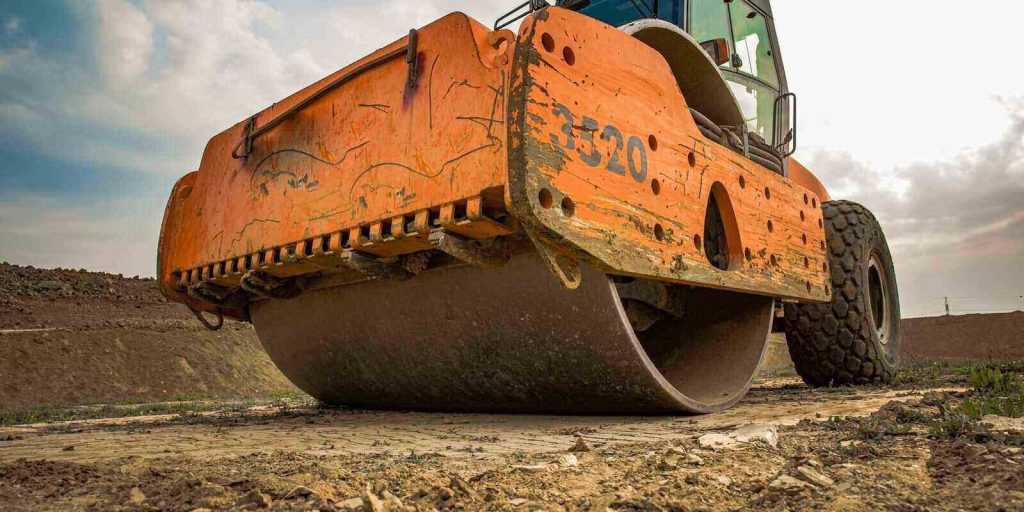
Soil consolidation, a cornerstone of construction, is seeing groundbreaking innovations. Geotextiles, specifically, are transforming the realms of space. Read along to learn more about soil consolidation and how it changes construction as an activity.
Soil consolidation occurs because of the expulsion of water from the void spaces between soil particles. The water in the soil is progressively squeezed out when weight is applied, which causes the soil particles to reorganize and settle.
Depending on elements, including soil type, load intensity, and drainage conditions, this process may take a long time—weeks to years—to complete.
Soil consolidation is paramount in construction for several key reasons:
A structure’s stability relies on its foundation’s stability. Soil consolidation is critical to establishing a stable foundation, ensuring the soil is compacted and settled uniformly.
When soil undergoes consolidation, it becomes more resistant to future settlement, reducing the risk of differential settlement.
This is crucial because differential settlement can lead to structural damage, uneven floors, cracks in walls, and other issues that compromise the integrity of the building.
Allowing the soil to merge before construction minimizes the potential for future settlement. When soil merges before construction, much of the settlement occurs before the structure is built.
This helps prevent significant settlement after the construction is completed, reducing the need for costly repairs and mitigating the risk of structural instability.
Minimizing settlement is important for structures that require long-term stability, such as high-rise buildings, bridges, and infrastructure projects.
Soil consolidation improves the strength and load-bearing capacity of the soil. As the soil particles settle and rearrange during consolidation, they become more compact and densely packed.
This densification leads to an increase in soil strength and reduces the soil’s compressibility.
Improved soil strength is crucial for supporting heavy loads and ensuring the structural integrity of the constructed elements. It allows the soil to distribute the applied loads and minimize the risk of excessive settlement or structural failure.
Soil consolidation also contributes to improved drainage characteristics. Excess water is expelled from the soil during consolidation, allowing for better drainage.
Adequate drainage is vital to preventing water accumulation within the soil, as excess water can weaken the soil and lead to instability.
By promoting efficient drainage, soil consolidation helps maintain the long-term stability of the structure. It minimizes the risk of water-related issues such as soil erosion, subsidence, and foundation damage.
Implementing proper soil consolidation techniques can save significant time during construction projects.
Innovative solutions such as geotextiles, prefabricated vertical drains, geosynthetics, and geotubes expedite consolidation by facilitating efficient water drainage and accelerating soil settlement.
These solutions reduce the time required for consolidation, allowing construction projects to progress more quickly. Time efficiency is crucial to meeting project deadlines, reducing construction costs, and improving overall productivity.

To enhance and expedite the process of soil consolidation, various innovative solutions have been developed. Let’s explore some of them:
Geotextiles are synthetic materials used to stabilize and reinforce soil. These permeable fabrics are placed between soil layers to improve drainage and prevent erosion. Geotextiles effectively distribute loads and reduce the potential for differential settlement.
PVDs are slender, vertically installed drains that accelerate the consolidation process by providing a preferential path for water drainage. These drains are commonly used in areas with deep, compressible soil layers.
PVDs significantly reduce the time required for consolidation, allowing construction projects to progress more quickly.
Geosynthetics encompass a wide range of materials, including geotextiles, geogrids, and geomembranes. These synthetic products improve soil characteristics, provide reinforcement, and enhance drainage.
Geosynthetics can be tailored to specific construction needs, ensuring optimal soil consolidation and stability.
Geotubes are large, high-strength textile containers used for dewatering and containment purposes. These tubular structures are filled with soil, sediment, or sludge, and their porous fabric allows water to drain out while retaining the solid materials.
Geotubes effectively consolidate and stabilize areas with soft soils or deal with sedimentation issues.
Soil consolidation is a fundamental construction process that significantly impacts structures’ stability and durability.
By understanding the process and implementing innovative solutions such as geotextiles, prefabricated vertical drains, geosynthetics, and geotubes, engineers can enhance soil consolidation and ensure the success of construction projects.
Proper soil consolidation leads to stable foundations, minimizes settlement, and improves soil strength, providing a solid base for safe and durable structures.
Embracing these solutions is crucial to pursuing sustainable and resilient construction practices.
Copyright © Gateway Structure Sdn Bhd (199401025111). All Right Reserved.